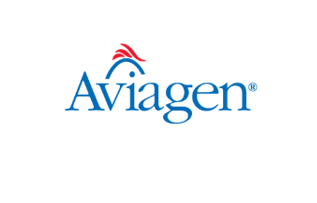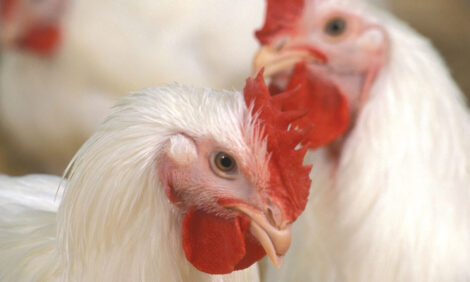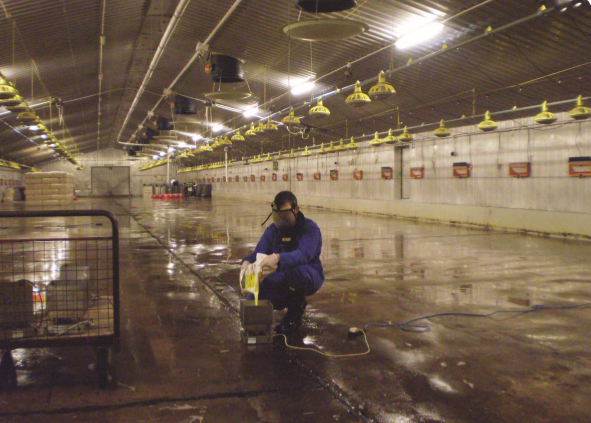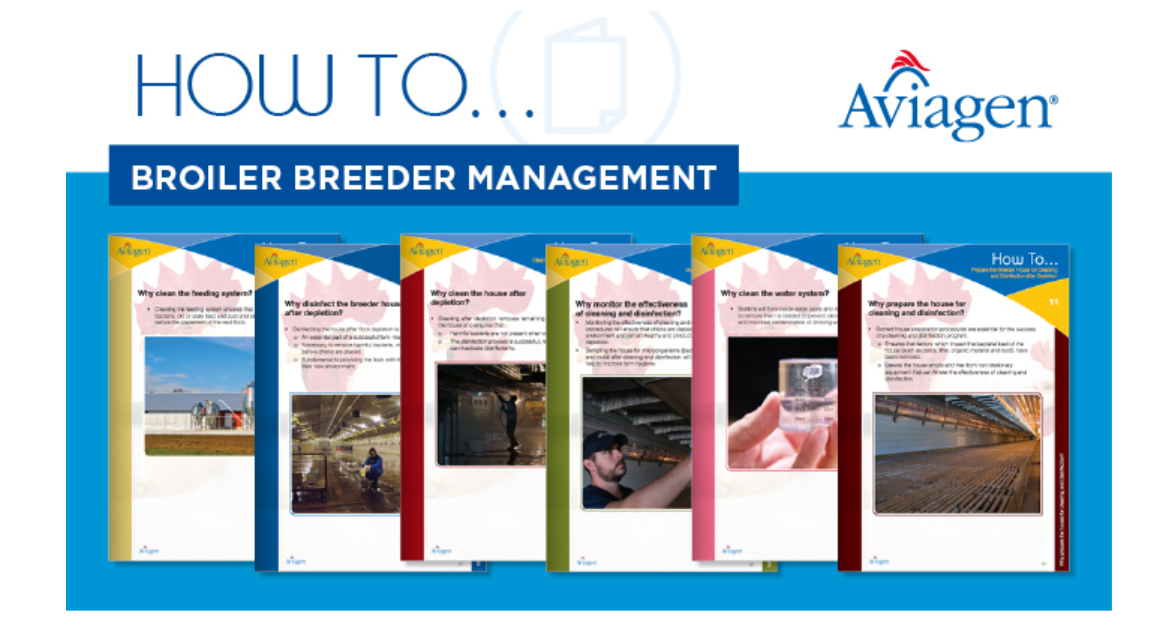



How to clean the feeding system after depletion
Part of Series:
< Previous Article in Series Next Article in Series >
Why clean the feeding system?
Cleaning the feeding system ensures that harmful bacteria, old or stale feed and dust and debris are removed before the placement of the next flock.
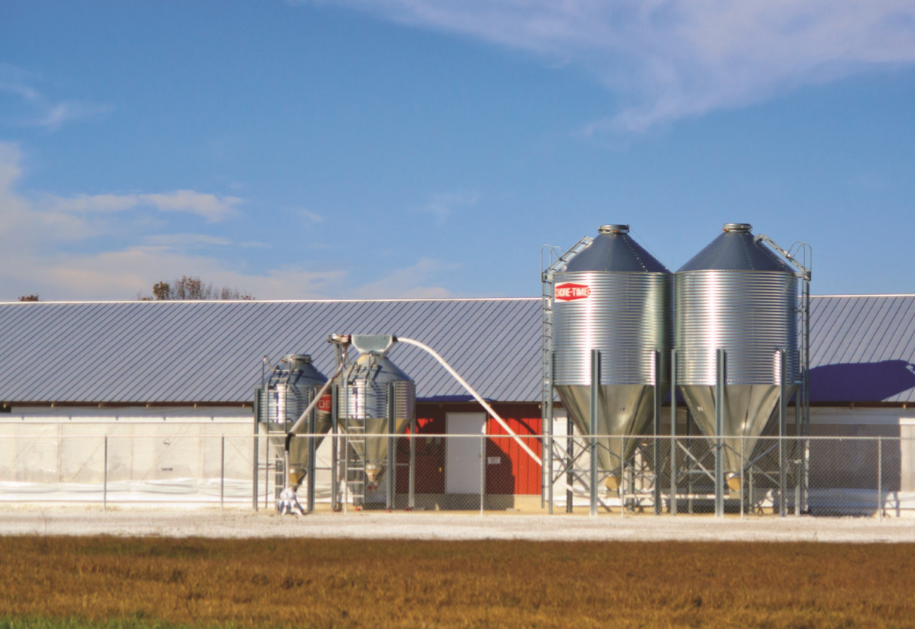
Procedure for cleaning the feeding system
The feeding system should be thoroughly cleaned at the end of every flock as part of a comprehensive house cleaning and disinfection program.
Equipment
- Brushes
- Power sprayer/pressure washer
- Cleaning , disinfection and fumigation equipment [protective clothing, approved detergents and disinfectants, fumigation supplies (where permitted)]
- Safety equipment for washing bulk bins (employee safety harness)
Procedure
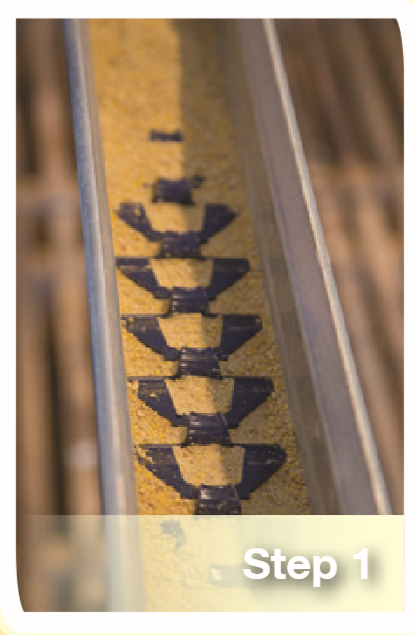
Step 1
Remove any remaining feed in the feed bins. This can be done by providing all feed left in the bins to the birds before depletion or running the feeders immediately after depletion to empty them.
Step 2
After the house has been depleted, any remaining feed particles must be removed from the feeding system by running the feed auger or track until the system is completely empty.
Step 3
For track feeders, remove the chain and clean as part of the normal interior house cleaning procedures. For pan feeders with closed pipes, remove the pan bottoms and clean separately. More information on cleaning procedures for both stationary and removable house equipment can be found in How To…Clean the Breeder House after Depletion.
Step 4
Remove the connecting pipe from the satellite feed bin (where applicable) or feed hopper and dry brush the inside to remove any dust / feed particles from the bin walls.
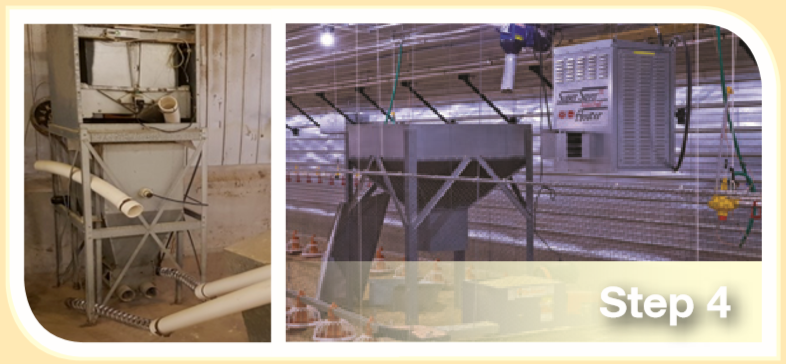
Step 5
Disconnect the power to the satellite bin and wash the inside with a hot water pressure washer.
Step 6
Disinfect the interior house satellite bin or feed hopper, track and pan feeding system using the procedures described in How To… Disinfect the Breeder House after Depletion.
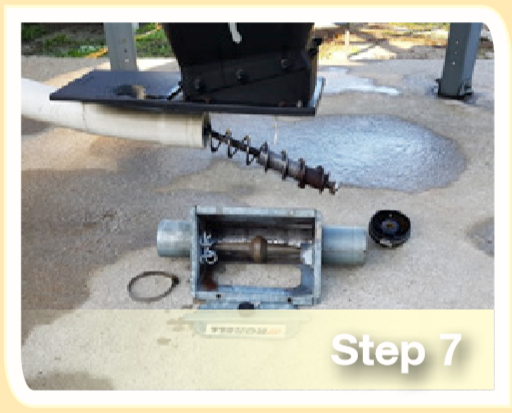
Step 7
Disassemble the feed intake boot from the bottom of the bulk bin on the exterior of the house, and remove the auger from the connecting pipe. Clean the bulk bins from the top of the bin down, the auger and the inside of the pipe with a hot water pressure washer. Ensure employee safety when working from the top of the bulk bin. A safety harness must be worn and used correctly at all times.
Step 8
After cleaning and thoroughly drying, disinfect the bulk bin, feed intake boot, pipe and auger with an approved disinfectant (follow manufacturer’s recommendations for dilution rates) and pressure washer.
Step 9
After disinfection, allow the feeding system to dry thoroughly, seal all openings and reassemble.
Step 10
If local legislation permits, fumigate the whole feeding system when the rest of the house is fumigated after cleaning and disinfection.
Interpreting results
- Visual observation of the feeding system is the first step in determining the effectiveness of cleaning and disinfection.
- No dust or feed debris should be on the surface of the feeding system. This includes the feed hopper, satellite and bulk bins, feed track and chain, pan feeders and connecting pipes. If there is any remaining debris on the feeding system, the area must be re-cleaned and disinfected.
- Bacterial monitoring should be performed once cleaning and disinfection have been completed, and will confirm the effectiveness of the procedures. See How To…Monitor the Effectiveness of Cleaning and Disinfection for more information on specific bacterial monitoring procedures.
- No salmonella species should be isolated during sampling. If salmonella is present, cleaning and disinfection procedures should be repeated until none is detected.








